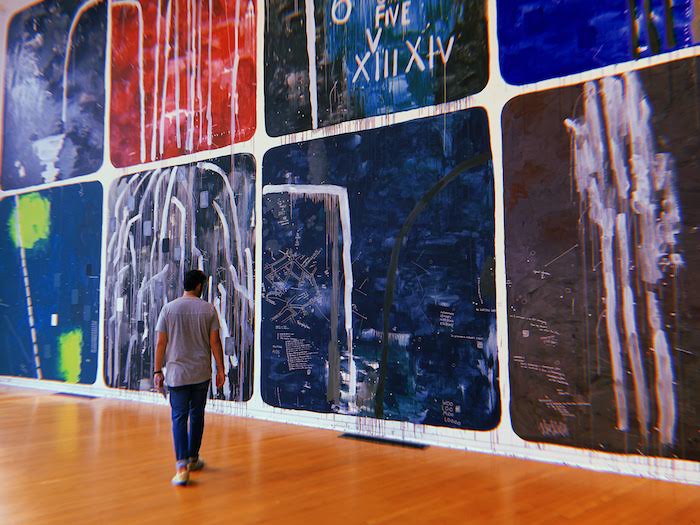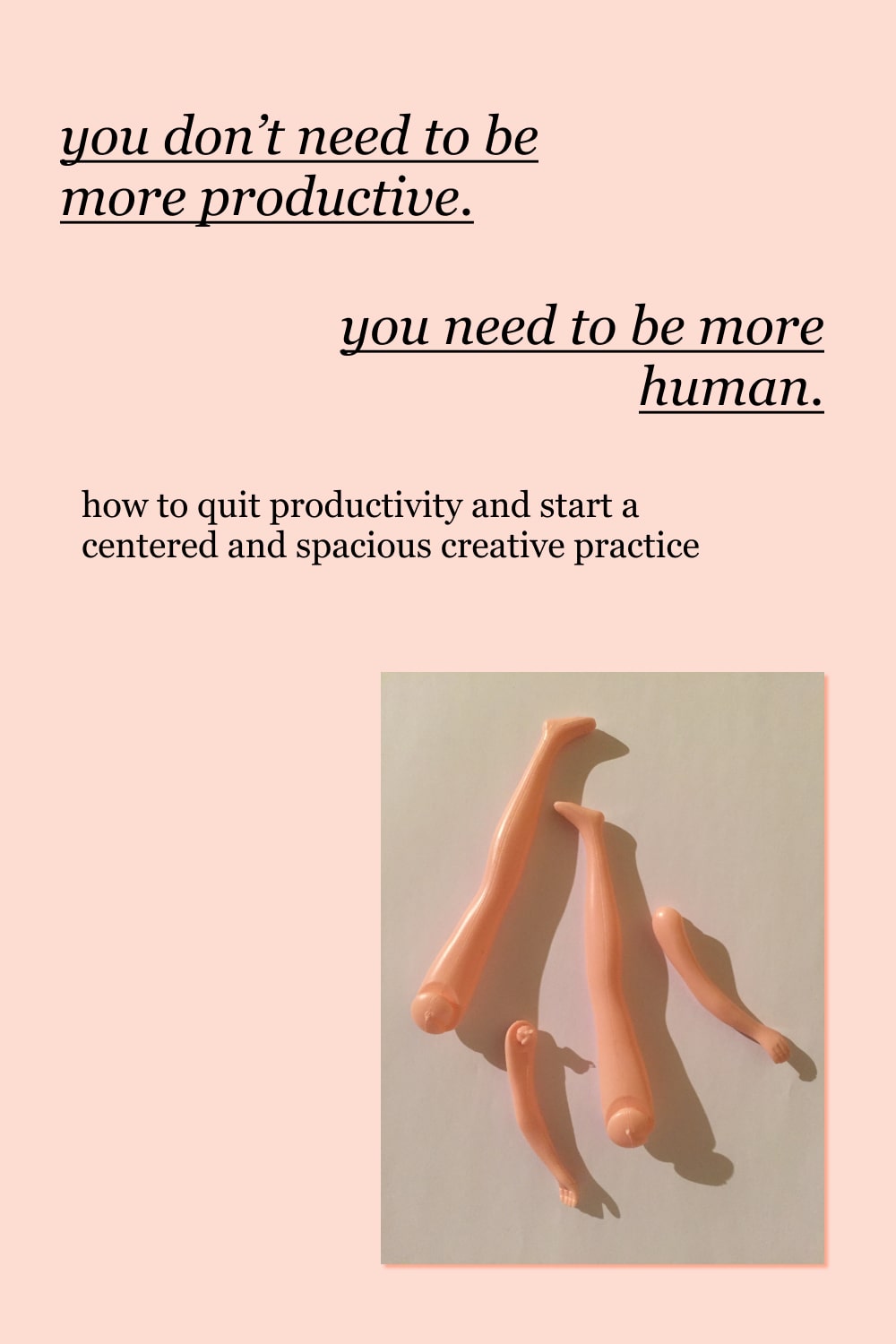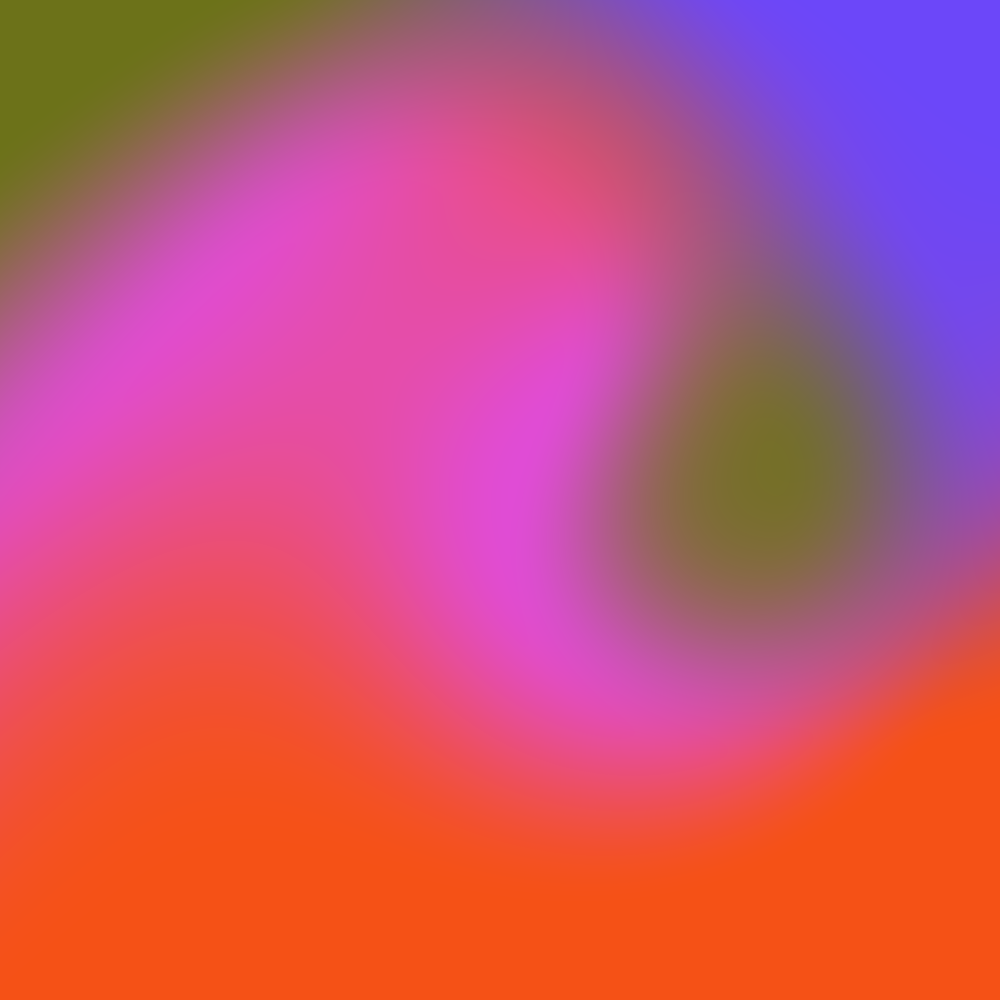You don’t need to be more productive. You need to be more human.

I used to read dozens of articles and self-help books about how to be more productive. But last year, I hit complete burnout and decided to quit “productivity” cold turkey.
Turns out that optimizing my life to allow myself to work more only left me feeling drained, inadequate, and overwhelmed.
So I threw out all of the traditional productivity literature and hit unsubscribe on the motivational newsletters. I’ve replaced the time I previously spent obsessing over productivity hacks with fiction, bird watching, and baking. Oh and I’ve even started writing again! (This time with more joy and less pressure.)
Strangely, I feel more “productive” than ever.
More importantly, I feel whole. I feel centered and strong. My life has never felt more spacious and rhythmic. This feels, finally, like a sustainable way of living.
So what’s with the allure of productivity anyway? And how did productivity become an idol to worship?
If we are being honest, I blame capitalism. Or rather, the Western capitalistic society that raised me—an ambitious, overachieving millennial—to believe that work and a hyper-individualistic version of success is the meaning of life.
Will Hana came to this conclusion in his 2019 essay The Millenial Work Ethic and the Spirit of Capitalism:
Work has transformed in ours eyes. It is no longer a means of securing certain ends, it has become an end in itself. Work has become a coping mechanism to mask the more deep seated psychic pathologies contained within the construction of our identities. Productive efficiency is presented as our summum bonum.
This year I’ve decided to reject work as the end-goal.
Instead of being more productive, I’d like to be more human.
I want to listen more and talk less. Call people on their birthdays. Deepen my relationships. Be present for my friends. Actively practice compassion. Build community with other artists and creatives.
Mostly, I want to look back on my week and actually remember the happy or interesting moments instead of wondering how it passed so quickly.
Hana concludes:
One’s life is their time, so the way we choose to define that time is crucial. A quiet rejection of the demands of efficient productivity for the sake of developing our more human traits may be a good point of departure.
So, where do we start in developing our more human traits?
In the book Make Time: How to Focus on What Matters Every Day, authors Jake Knapp and Jason Zeratsky suggest choosing a single activity to prioritize and protect in your calendar. They call this your Highlight activity.
Of course, your Highlight isn’t the only thing you’ll do each day. But it will be your priority. Asking yourself “What’s going to be the highlight of my day?” ensures that you spend time on the things that matter to you and don’t lose the entire day reacting to other people’s priorities. When you choose a Highlight, you put yourself in a positive, proactive frame of mind.
I think choosing a Highlight activity is a simple and accessible way to start living more intentionally without focusing on any cheesy productivity hack like changing your smartphone display settings to greyscale.
Some days, your Highlight might be work-related, but I would argue that most days it should be purely for fun or focused on relationship-building.
Another way to move away from traditional productivity and toward joyful creation is to start building your own centered and spacious creative practice. I wrote an in-depth guide to building a creative practice with a fillable worksheet that’s free to download.
Lastly, try writing a different kind of to-do list. I call it the Enough list, which is a list of essential tasks that I can realistically accomplish in one day.
For someone who usually tries to cram as many talks into my to-do list as possible, making an Enough list has been refreshing and motivating.
Over the next week, I encourage you to write your Enough checklist. Don’t overfill the list with “nice-to-haves.” Be realistic about what you can accomplish.
Now, add one Highlight to your daily Enough list. For the first few days, make your Highlight something human and non-work-related, like going for a long walk, calling a long-distance friend, or making a soup or pie. Your Highlight is something that you will look back on at the end of the week and clearly remember.
Once your Enough list is complete, you’re done for the day. And you can sleep well knowing you’ve done everything you need to do, you’re exactly where you’re meant to be, and the Universe is holding you tight.

Subscribe to Soft Practice—An email newsletter for artists and makers
Soft Practice is about making art without an art degree, paying attention, and keeping the promises we make to ourselves. It's about practice. And quitting. And starting again.
It arrives in your inbox once a month (usually on a Sunday) and is best consumed with a hot beverage. In each newsletter I will share all the messy parts along my journey to becoming a full-time artist and maker, help you get organized to better manage your creative projects, and offer up some thoughtful (and sometimes weird) recommendations.
